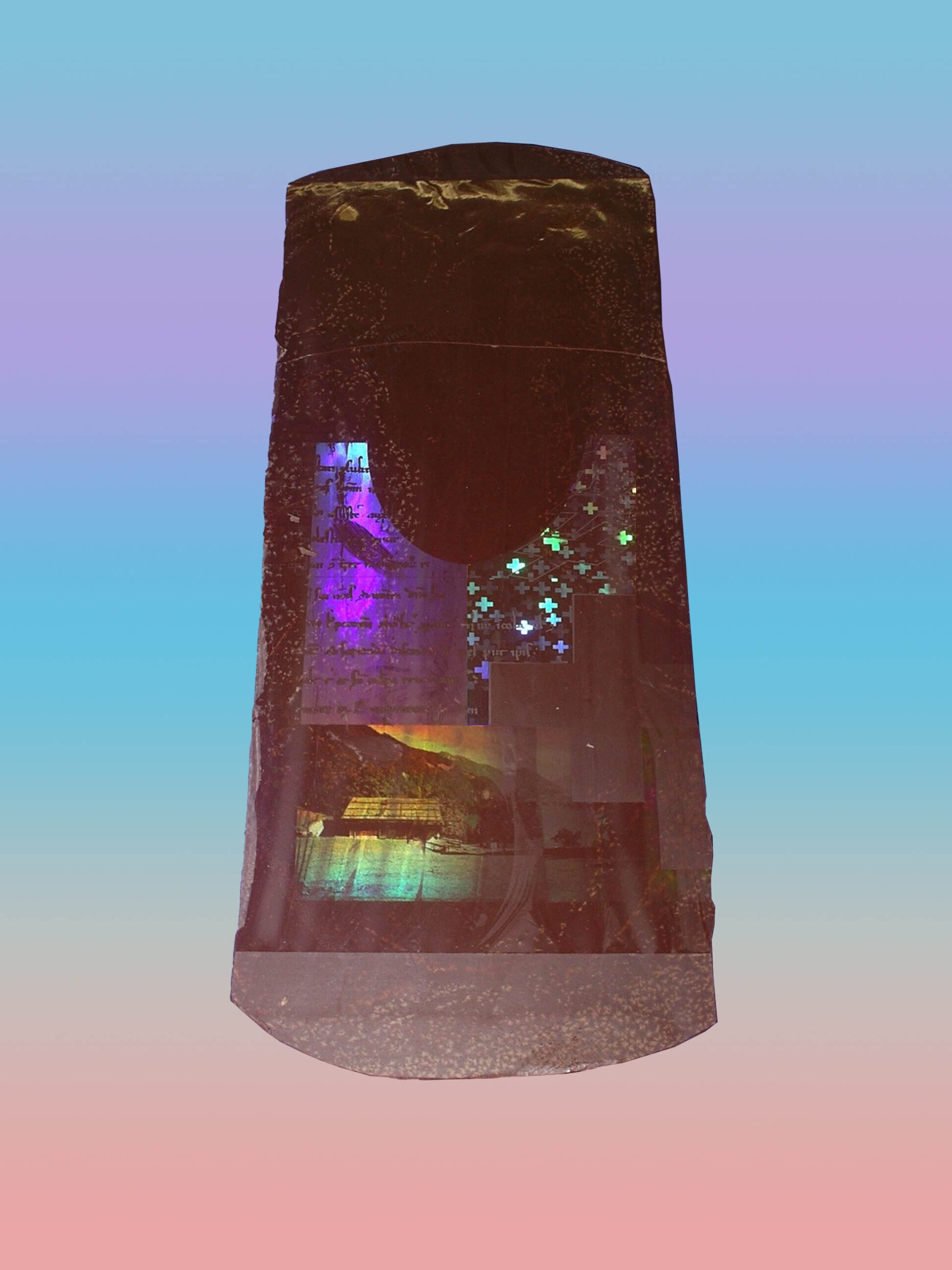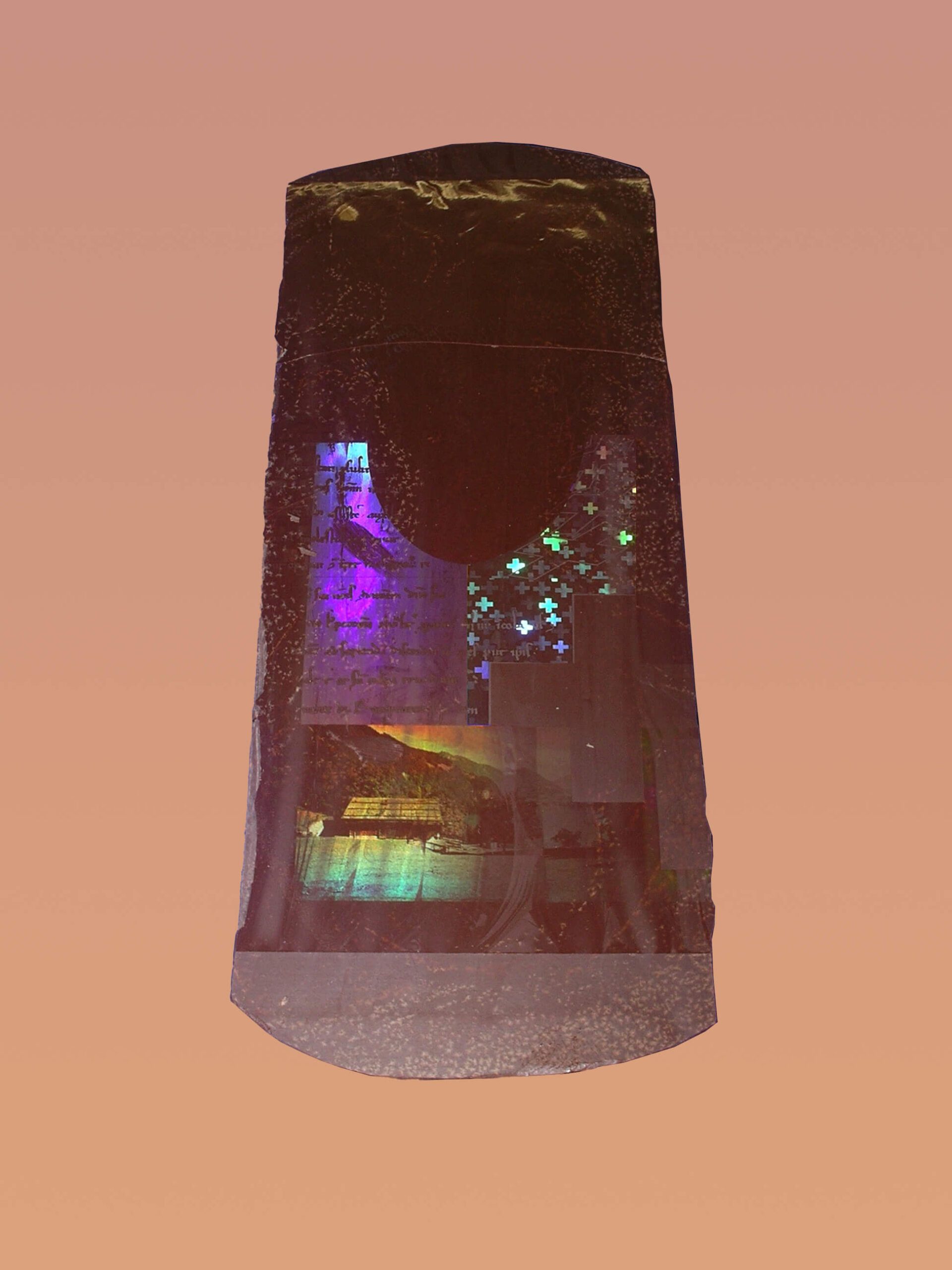3D AG archive reveals holographic chocolate results
Back in 2004, 3D AG launched an internal project to transfer diffractive gratings into the surface area of chocolate. Being a Swiss company that extensively lives the Swiss chocolate culture in coffee breaks and as brain food during meetings, it was an interesting and entertaining project for the team at the time. 3D AG has always been a solution and technology-driven company with the affinity to test and research. Such projects are launched on a frequent basis from ideas and inspirations, but as this covered the topic of chocolate, an important good for all Swiss, it was a special project.
For Chocolate Lovers and Holography Experts
The 3D chocolate project started off as just a small internal test where structures were transferred to chocolates and first results were inspected. The question was not if it works, as it is clear that structures can technically be transferred into most materials. The question and focus were to evaluate if it becomes more visually appealing and if diffractive gratings make chocolate look tastier than it already does. From the view of us chocolate lovers and holography experts, it without a doubt made the chocolate look a lot more attractive.
Thinking that holographic chocolate would be the next Swiss boom, large chocolate manufacturers were contacted and interest was identified. A part of the 3D AG team was invited to visit chocolate manufacturing facilities to investigate how this could be made scalable and in what type of tools the structures would be needed. Making innovative prototypes scalable for mass production is a core competence of 3D AG and the task was tackled immediately. The interest was focused on making the tooling with holographic structures for the standard flat chocolate bars.
The functionality of a diffractive nanostructure
For those who are not aware – a hologram in its essence is a nanostructure that diffracts white light into the spectral colours. The diffraction of white light creates this special rainbow effect known as a hologram. It is technically a structured area, with structures smaller than a 1/200 of a hair. In any surface and material, this structure will act as a diffractive nanostructure and show a rainbow effect. The type and shape of material will depend on how strong the effect is and how well it is seen. A round surface will change the optical properties, whilst a transparent material can weaken the effect.
Melting Chocolate into a Hologram
Chocolate is melted into its shape by letting it cool down in a specifically shaped mold. If this mold contains the diffractive structure, chocolate will also melt and cool down in the mold so the structure is transferred to the chocolate and ready to diffract light. To not change the optical properties of the diffractive grating it was chosen to use the standard flat chocolate bars. The mold used and manufactured were made of Polycarbonate and the experiment worked very well. Swiss holography experts, melting Swiss chocolate into a hologram – what a storyline in the early 2000s.
Thankful for the Experience
Scalability was proven, but longevity was not optimal. Not only is the result fragile, but any finger smudge will also ruin it – the properties of chocolate were not optimal for long storage times. 3D AG’s attitude is that everything can be solved – but some of the involved said the effect could be misinterpreted as chocolate has gone bad. It indeed was a very unusual sight back in the day. Nevertheless, the project was fun, full of new learnings and a great experience.
On this throwback Thursday we would like to thank everyone that was involved. It was a nice blast from the past to go through all the old documentation of this project and study the results in detail. We hope to pull back into a chocolate project sometime soon, so we can offer holographic Swiss chocolate to our clients visiting us from all over the world.
Is anybody interested in launching another holographic chocolate project? Or do you have other foods in mind?
Contact 3D AG and we will be happy to start a new project with the learnings from the past and the machines from the future.


